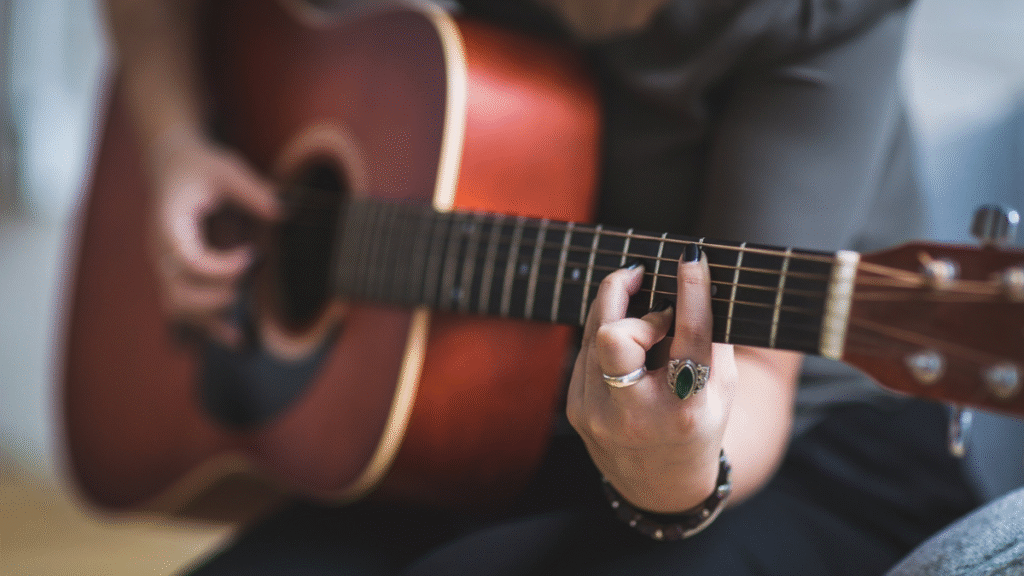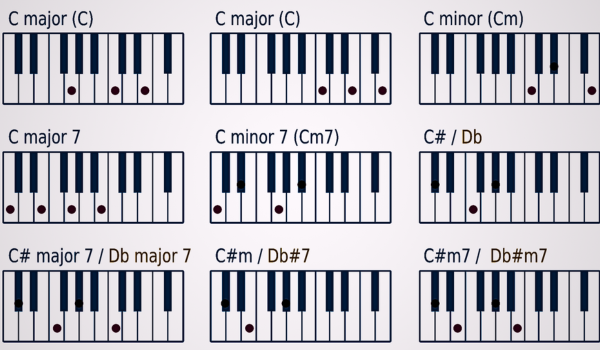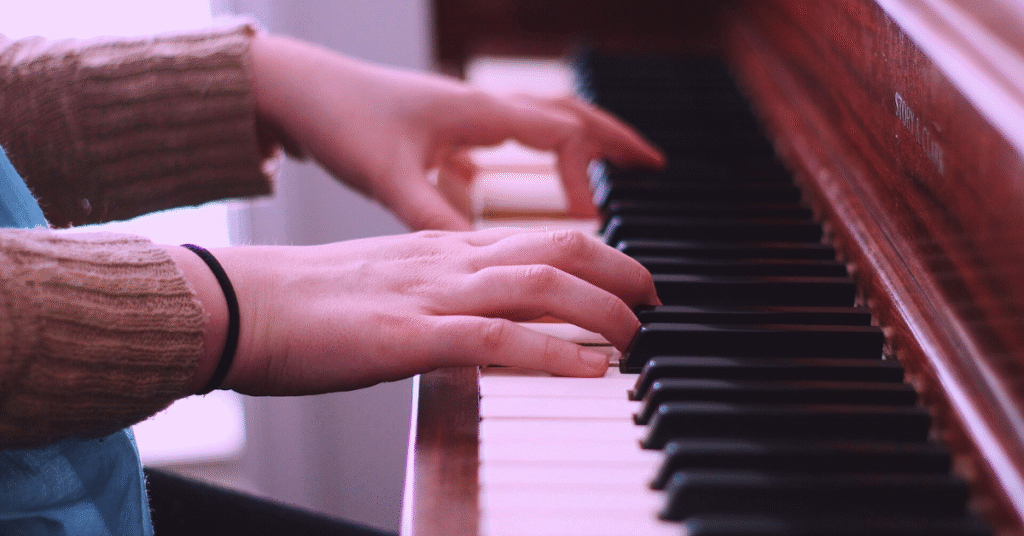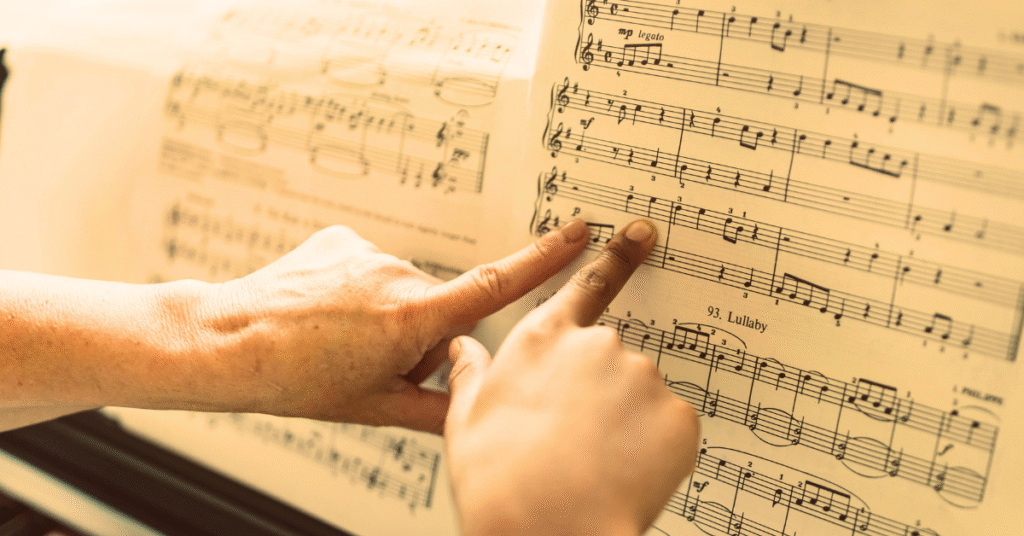How to Create Chord Progressions: The Ultimate Guide for Musicians
Affiliate Disclosure
This post may include affiliate links. We may earn a small commission through purchases.
Master chord progressions using proven templates, chord tools, and songwriting guides.
Create songs with emotion—start with progressions with chords book guitar that work every time.

Creating the perfect chord progression is one of the most powerful ways to bring your music to life. Whether you’re using a guitar, piano, or FL Studio, learning how to create chord progressions will open the door to endless musical possibilities.
Whether you’re asking “How to make a chord progression?” or “How to build chords on guitar or piano?”, this guide will take you step-by-step through everything you need to know — from theory to real-world application.
What Is a Chord Progression?
A chord progression is a sequence of chords played in a specific order. These progressions give your music structure, emotion, and direction. Think of them as the emotional skeleton of a song — the backbone that supports the melody.
Step 1: Learn the Basics of Music Theory
Before you can create beautiful progressions, it’s important to understand a few key concepts:
- Notes and Scales
Chords are built from scales. If you’re in the key of C major, the scale is C-D-E-F-G-A-B.
- Triads and Chords
A triad is a three-note chord built from the 1st (root), 3rd, and 5th notes of the scale. For example, C major = C (1st), E (3rd), G (5th).
- Major vs Minor
Major chords sound happy and uplifting. Minor chords sound emotional or sad.
Step 2: Understand Common Chord Progression Formulas
Most popular songs use variations of a few classic patterns:
- I–V–vi–IV (C–G–Am–F): Used in countless pop songs
- ii–V–I: Very common in jazz
- I–IV–V (C–F–G): Simple and timeless, used in blues and rock
Once you know the key, use Roman numerals to build your progression. This method applies whether you’re learning how to build chords on guitar or how to build chords on piano.
Step 3: How to Build Chords on Guitar
Wondering how to create chords on guitar? Here’s a simple process:
- Pick a key (e.g., G major)
- Use chord shapes for G, C, D, Em, Am, etc.
- Try combinations like G–Em–C–D (I–vi–IV–V)
Practice with open chords first, then move on to barre chords and power chords for more variety.
-: Chords Chart Sheet :-

Step 4: How to Build Chords on Piano
To build chords on piano, follow this:
- Choose a key (C major is beginner-friendly)
- Use your thumb, middle finger, and pinky to play triads (e.g., C–E–G)
- Experiment with inversions and voicings for richer sound
You Can Check It Out Here And You Need This Book.
Use your left hand for root notes and right hand for chords to create full harmony.
Step 5: How to Make Chord Progressions in FL Studio
FL Studio makes it easy to visualize and experiment with chord progressions.
- Open the Piano Roll
- Use the Stamp Tool to insert chords (Major, Minor, 7th, etc.)
- Try dragging chord blocks to arrange progressions like I–vi–IV–V
- Use ghost notes to guide melody creation over your chords
If you’re wondering how to make chord progressions FL Studio style, this method is fast, creative, and beginner-friendly.
Step 6: Add Emotion with Chord Substitutions
Substitute basic chords with 7th, suspended, or diminished chords to create emotional contrast.
Example: Instead of C–G–Am–F, try Cmaj7–G–Am7–Fadd9 for a richer vibe.
This technique is especially useful when learning how to make a chord progression that feels fresh and expressive.
Step 7: Experiment and Play By Ear
While theory gives you structure, great chord progressions often come from experimentation. Use your ears and trust your musical instinct.
- Hum a melody, then build chords around it
- Reverse-engineer songs you love
- Use loop-based jamming to explore different ideas
Step 8: Test With Real Songs
One of the best ways to grow is to study existing songs:
- “Let It Be” (C–G–Am–F) – Simple and timeless
- “Someone Like You” (A–E–F#m–D) – Emotionally powerful
- “No Woman No Cry” (C–G–Am–F) – Classic reggae feel
See how the same patterns can evoke different moods with slight changes in rhythm or tempo.
FAQs: Chord Progressions Explained
Q1. How do I make a chord progression that sounds good?
Ans: Start with I–V–vi–IV in any key. It’s the most used and emotionally powerful progression in modern music.
Q2. How do I build chords on guitar or piano?
Ans: Use the root–3rd–5th rule. On guitar, learn open and barre shapes. On piano, use triads and try different voicings.
Q3. How to make chord progressions in FL Studio?
Ans: Use the piano roll and stamp chords. Arrange them into patterns like I–vi–IV–V and test how they loop.
Q4. Can I create emotional chord progressions without theory?
Ans: Yes. Use your ear and experiment. Play what feels right, then use theory later to understand what you did.
Final Thoughts
Learning how to create chord progressions is not just about music theory — it’s about finding your voice as a songwriter. Whether you’re building chords on guitar, piano, or using FL Studio, the more you experiment, the better you get. Let your ears guide you, and don’t be afraid to break the rules once you understand them.
Great songs don’t start with rules — they start with chords that move you.
What’s your favorite chord combo? Share it!
Need help structuring a progression? Ask below.
Hi, I’m Nikhil Farenjiya, a music producer and professional singer with 10 years of experience. I share my knowledge and passion for music through writing to help aspiring artists grow. My blog is dedicated to inspiring and guiding music lovers on their creative journey.


